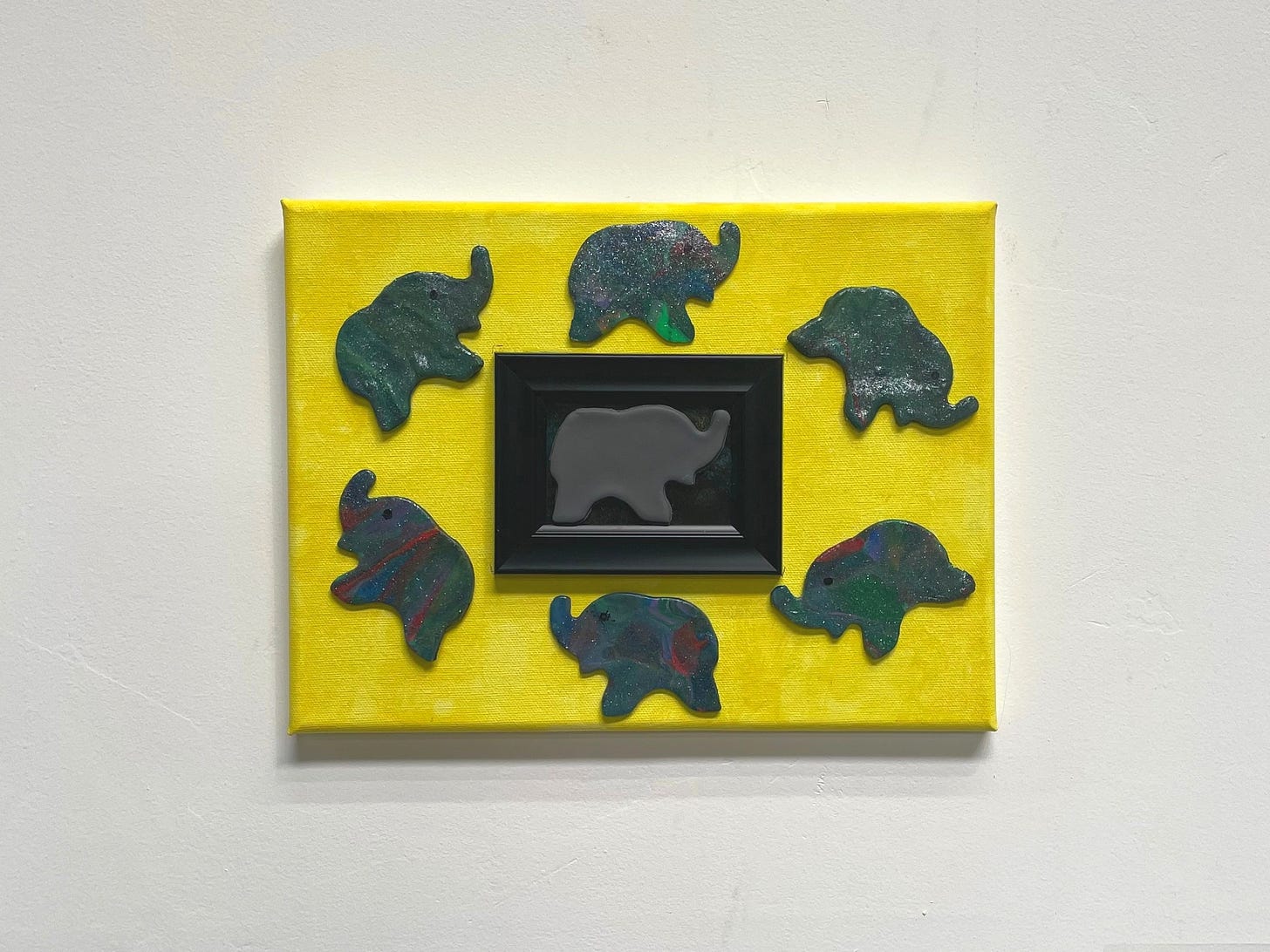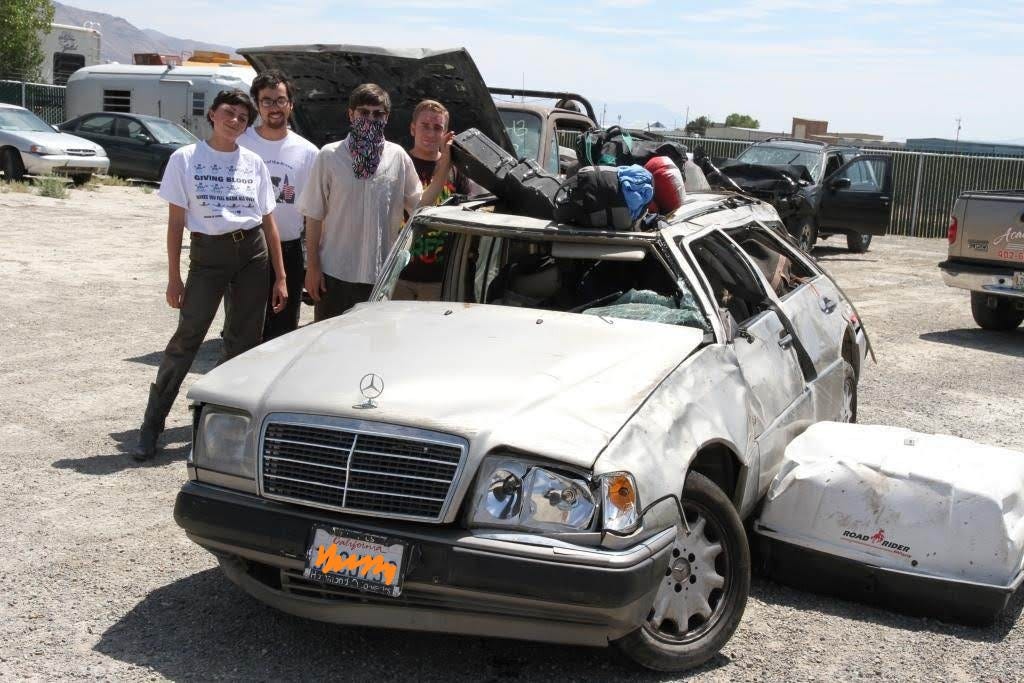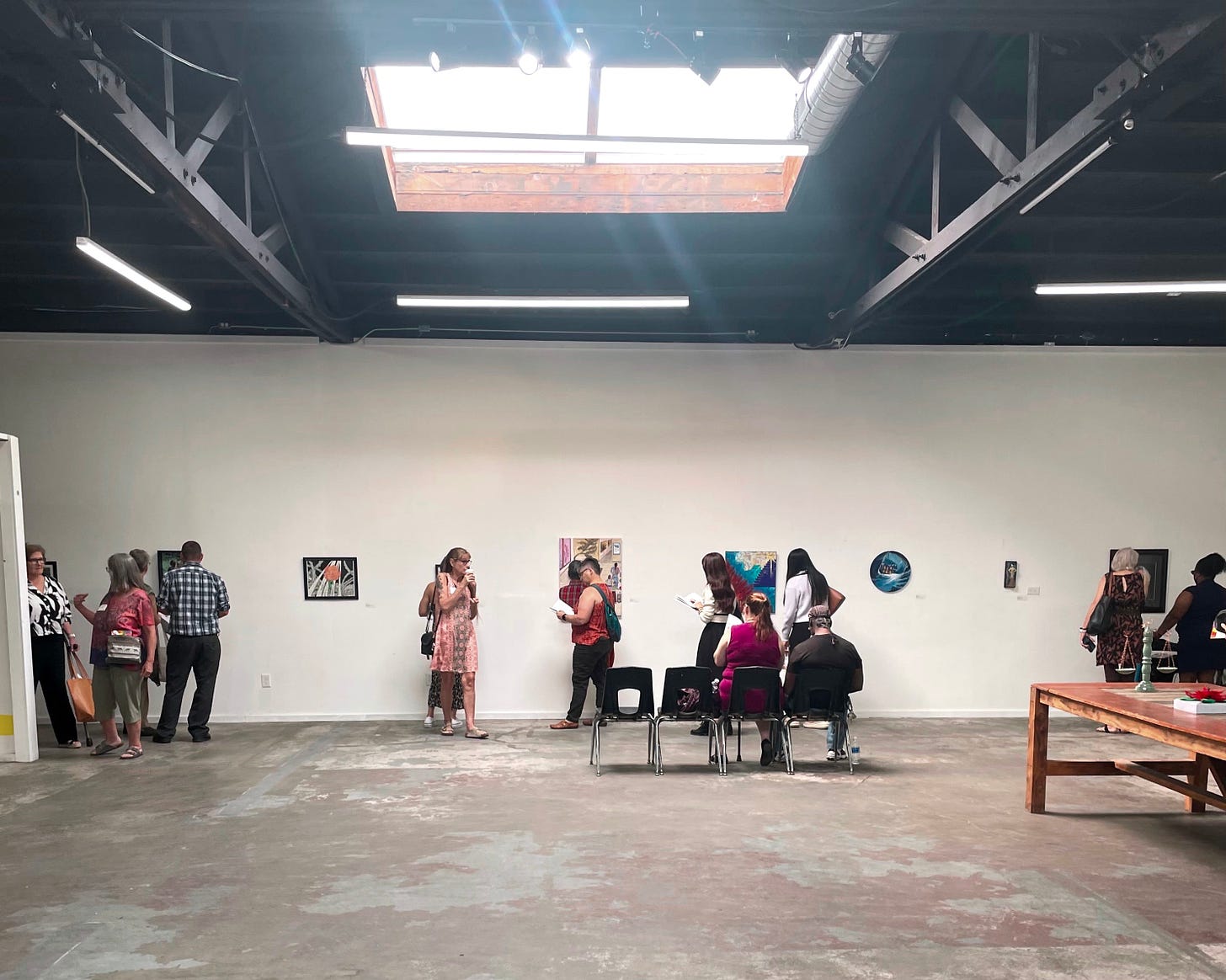No Problem
(Short Memoir) The conversation was emotional, spiritual—the way conversations about trauma tend to be. He encouraged me to channel my feelings into my creativity and gave me a warning.
This story first appeared as part of Journey of Hope: Real Life Stories of Living with Mental Health Challenges Portrayed Through Art.
I didn’t want there to be a problem. No one did. No one has to do anything to fix a problem that doesn’t exist. Non-existent problems don’t cost money. They don’t prevent you from making friends, going to college, or getting hired. Invisible problems do, though. Even if no one can see them.
“Something is wrong with me,” I said to a teacher one day in my teens. The sky was bright as my teacher’s eyes and flat as the hot concrete expanse around the school.
“Why should you want there to be anything wrong with you?” said my teacher, as if it were all up to me.
The conversation was emotional, spiritual—the way conversations about trauma tend to be. He encouraged me to channel my feelings into my creativity and gave me a warning.
“It’s okay to be different. It’s celebrated, even. Especially in the arts. But you don’t want to get a diagnosis,” he said. “It’s best to avoid labels because of the stigma.”

Friends and family had similar things to say in response to my persistent struggle.
“Everyone has their problems,” some would say.
“We all struggle with mental health,” said others—and my favorite:
“You look normal to me.”
Things took a turn for the worse one day in my twenties when I was driving and veered onto the sleepers flanking Interstate 80 between Lovelock and Winnemucca. I was distracted when the loud rattling of the puckered concrete against my tires triggered something inside my brain and the world turned white.
A sound came through the blindness, a voice from the backseat.
“Don’t overcorrect!” my friend yelled as I did just that.
Disconnected from my body, I watched as my arms yanked the steering wheel instinctually right and then left as I’d done twice in the past to avoid crashing into stopped traffic. This time the same motion at a higher speed flipped the car around 180 degrees and we rolled one, two, three times into the Nevada dust.
“All your friends are alive. Not everyone is so lucky,” said the nurse carrying my gurney from the ambulance to the emergency room. Tears rolled down my cheeks as I gazed into the bright blue desert sky.
The cop was surprised when he interviewed me.
“I don’t know what the hell happened, but I have to give you a ticket for something,” he said as he shook his head and handed me a piece of long bright white paper.
“Unsafe lane change,” it read.
I take full responsibility for the accident. Had I not been distracted, I wouldn’t have been startled by the sound of the sleepers. But my reaction to the noise was extreme.
It took another six years to overcome my fear of stigma and find out that episode was triggered by a problem called Post-traumatic Stress Disorder.
“You are the epitome of resilience,” said the young woman who did my psychological evaluation.
I was relieved not to hear the old refrain.
Everyone has problems!
We all struggle.
You look normal to me.
“That means a lot,” I said.
“No seriously. Remember that,” she said, “because not everyone makes it out.”
Most people experience traumatic events, but not everyone develops Post-traumatic Stress Disorder. PTSD is characterized by visible changes in two areas of the brain. According to ptsd.va.gov, 6% of people develop PTSD. It is a real, treatable disability. Getting an accurate diagnosis has not only given me hope, it has given me an actionable understanding of what my problem is and how to improve my symptoms.
I am now more aware of how my daily habits directly impact my neurological function and corresponding PTSD symptoms. I’ve had the opportunity to participate in effective therapies developed specifically for PTSD such as Brainspotting and somatic therapy. I’ve also gained a deeper understanding of the benefits of creative practices and how they improve brain function.
My teacher had my best interest in mind when he warned me about stigma, but his advice to avoid diagnosis was unhelpful. Naming my problem has given me power over it. My teacher was right about one thing though. It's okay to be different. It’s celebrated, even.
Journey of Hope runs from October 2nd until October 31st, 2024 at The Gallery 916 by We Are Sacramento
Hours of operation are:
Wednesday-Friday: 12:00-6:00pm
Saturday & Sunday: 1:00-5:00pm








This is great, Annie! (the writing and the story not the PTSD or accident). FYI, I think the link up top to "journey of hope" might be broken, would be interested to check that out.
Strong memoir. I really liked the balance of how difficult it is to talk to someone about feeling different and getting incomplete responses that mean well. In the first few paragraphs, I was beginning to diagnose you myself, but I was way off; not even close to PTSD. My favorite part: "Don't overcorrect!"... you overcorrect. I've done that before.